In the world of sustainable cooking, one chef’s trash is another’s treasure. The humble broccoli stem, often discarded without a second thought, has found new life as the star of a surprisingly delicious three-day quick pickle. This zero-waste kitchen hack not only reduces food waste but also introduces a crunchy, tangy condiment that pairs perfectly with sandwiches, salads, and even charcuterie boards.
Broccoli stems have long suffered from an image problem. While the florets get all the attention in stir-fries and casseroles, the thick stalks frequently end up in compost bins or garbage disposals. Yet these unassuming cylinders pack a nutritional punch—they’re rich in fiber, vitamin C, and potassium—and possess a crisp texture that holds up remarkably well to pickling. When sliced thin and bathed in a balanced brine, they undergo a magical transformation, developing complex flavors that belie their simple preparation.
The process begins with proper stem preparation. Using a vegetable peeler or sharp knife, remove the tough outer layer to reveal the tender, pale green interior. Cutting the stems into uniform matchsticks or coins ensures even pickling. Some cooks prefer to briefly blanch the pieces to soften their bite, while others insist raw stems provide superior crunch. This divergence in technique highlights the adaptable nature of the recipe—there’s room for personal preference and experimentation.
For the brine, the classic combination of vinegar, water, salt, and sugar forms the foundation, but creative variations abound. Rice vinegar yields a milder pickle, while apple cider vinegar contributes fruity notes. The addition of garlic cloves, mustard seeds, or red pepper flakes can elevate the flavor profile dramatically. One innovative twist involves steeping the brine with lemongrass and ginger for an Asian-inspired version that pairs beautifully with rice bowls and grilled meats.
Unlike traditional fermented pickles that require weeks of waiting, these quick-pickled broccoli stems achieve their ideal texture and flavor in just seventy-two hours. The accelerated timeline comes from the use of heated brine, which immediately begins breaking down cell structures and infusing the vegetables with flavor. Stored in sterilized jars in the refrigerator, they maintain their vibrant crunch for up to two weeks—if they last that long before being devoured.
The environmental impact of repurposing broccoli stems shouldn’t be underestimated. Commercial kitchens and home cooks alike discard tons of perfectly edible stems annually. By adopting this simple preservation method, households can significantly reduce their food waste footprint. Some forward-thinking restaurants have even incorporated pickled broccoli stems into their menus as a talking point about sustainability, serving them alongside artisanal cheeses or as a garnish for craft cocktails.
Nutritionally, the pickling process enhances the stems’ natural benefits. The acetic acid in vinegar may help regulate blood sugar levels, while the probiotics that develop during the brief fermentation support gut health. The low-calorie snack provides a satisfying crunch without the guilt of processed alternatives. For those watching their sodium intake, reducing the salt in the brine or opting for low-sodium soy sauce in Asian variations makes for a healthier alternative.
Culinary professionals have taken note of this trend. Several Michelin-starred establishments now feature pickled broccoli stems in composed dishes, appreciating both their texture and sustainability story. One celebrated chef layers them into a vegetarian banh mi, where their acidity cuts through rich pâté. Another uses them as a garnish for oysters, their briny crunch complementing the mollusks’ creaminess. This high-profile adoption has trickled down to farmers’ markets, where vendors sell prepared jars alongside fresh produce.
The psychological barrier to eating vegetable parts traditionally considered waste presents an interesting challenge. Many consumers need reassurance about the stems’ edibility and taste. Cooking demonstrations and recipe samplings have proven effective in overcoming this hesitation. Once people experience the stems’ transformation firsthand—from tough throwaway to gourmet ingredient—they become converts. Social media has played a crucial role in spreading the word, with food bloggers showcasing creative uses for the pickled stems.
Beyond the stems themselves, the quick-pickling technique opens doors to other underutilized vegetables. Cauliflower cores, kale ribs, and chard stalks all benefit from similar treatment. This approach represents a broader movement toward root-to-stem cooking, where every part of the plant finds purpose. As consumers become more conscious of food waste’s environmental and economic impacts, such techniques gain traction in mainstream kitchens.
For home cooks looking to dip their toes into pickling, broccoli stems offer the perfect starting point. The forgiving nature of the recipe—no specialized equipment or precise temperature control required—makes it accessible to beginners. Failed batches carry little financial consequence, given that the main ingredient would otherwise be discarded. Successful experiments often lead to more ambitious preservation projects, building confidence in the kitchen.
The flavor evolution over the pickling period fascinates many enthusiasts. Taste tests at twelve-hour intervals reveal how the stems gradually absorb the brine’s flavors while maintaining structural integrity. By day three, they achieve the ideal balance of sour, sweet, and salty—with any added spices fully integrated. This observable transformation makes the process particularly rewarding for cooking novices and children learning about food science.
As sustainability concerns continue shaping culinary trends, the humble pickled broccoli stem stands as testament to innovation in the face of waste. What began as a thrifty kitchen hack has evolved into a celebrated ingredient in its own right. Its journey from compost candidate to gourmet staple mirrors a larger cultural shift—one that values resourcefulness without sacrificing flavor. In kitchens around the world, these unassuming pickles are changing minds, one crunchy bite at a time.
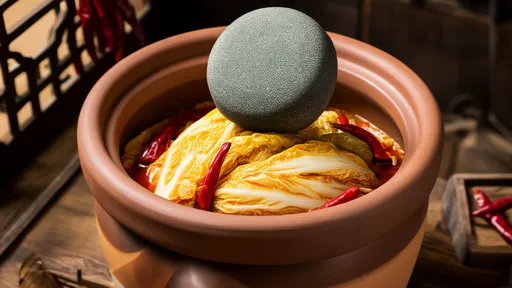
By /Jul 31, 2025
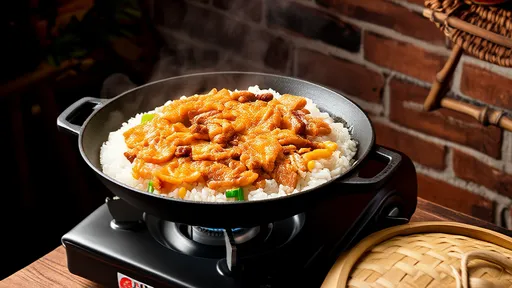
By /Jul 31, 2025
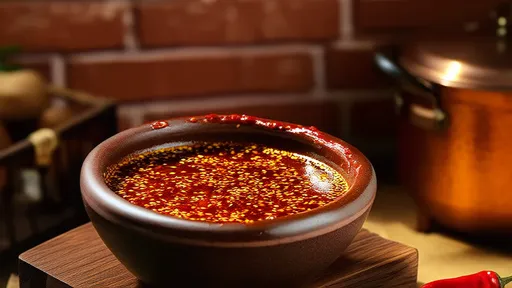
By /Jul 31, 2025
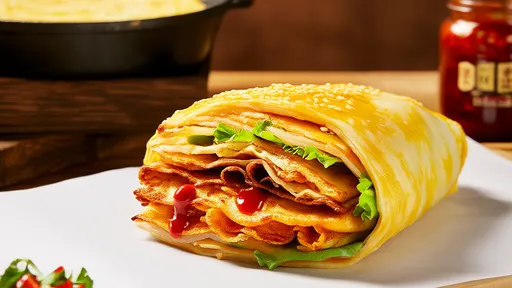
By /Jul 31, 2025
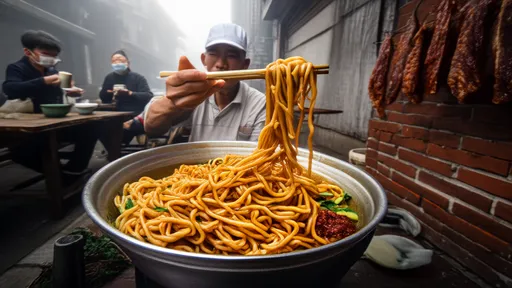
By /Jul 31, 2025
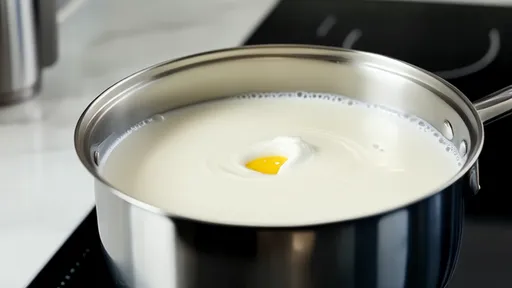
By /Jul 31, 2025
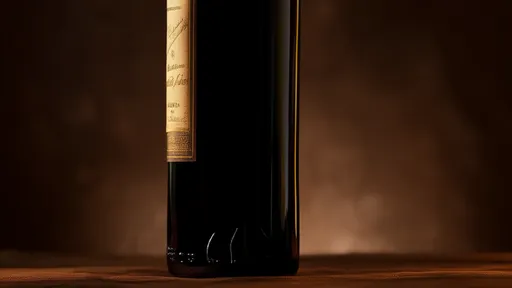
By /Jul 31, 2025
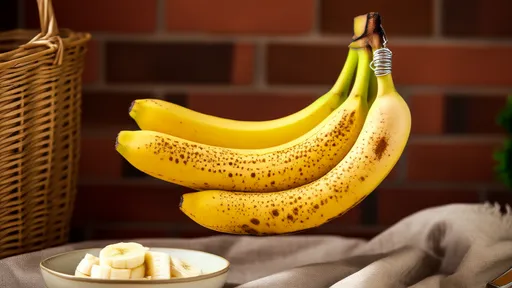
By /Jul 31, 2025
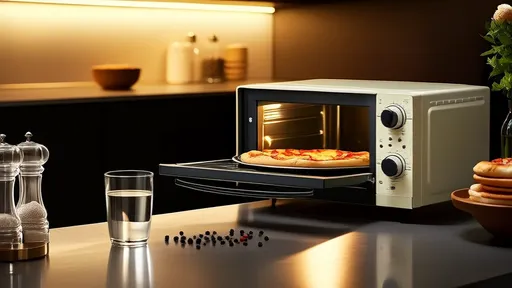
By /Jul 31, 2025
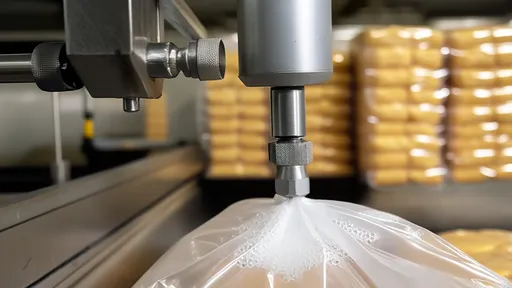
By /Jul 31, 2025
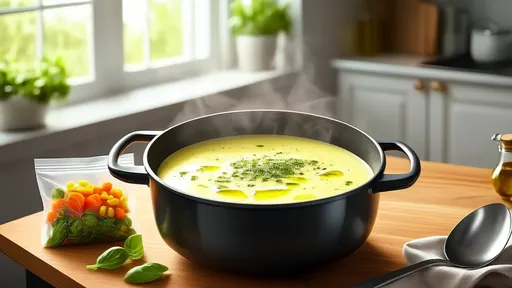
By /Jul 31, 2025
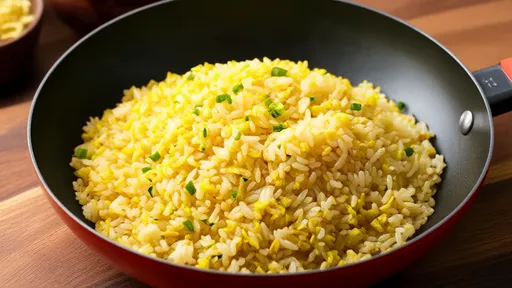
By /Jul 31, 2025
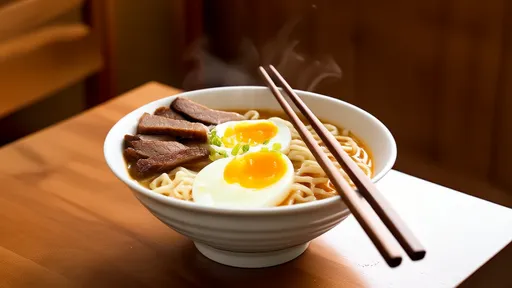
By /Jul 31, 2025
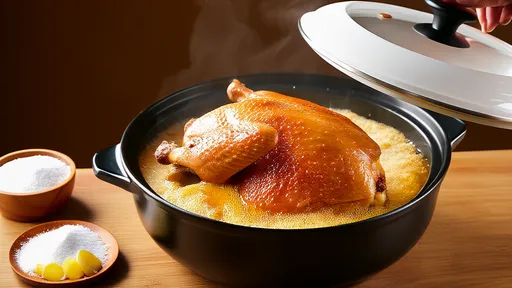
By /Jul 31, 2025
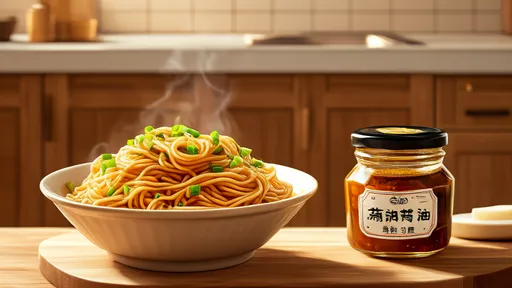
By /Jul 31, 2025
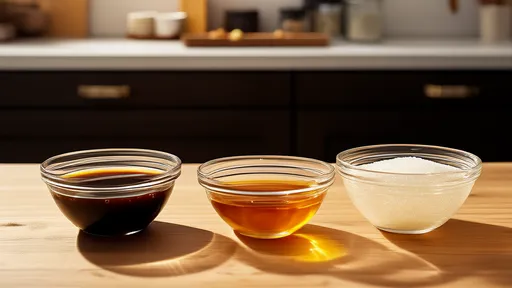
By /Jul 31, 2025
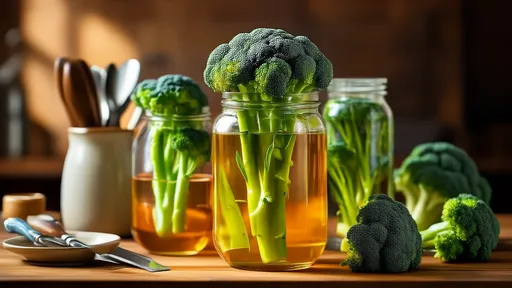
By /Jul 31, 2025
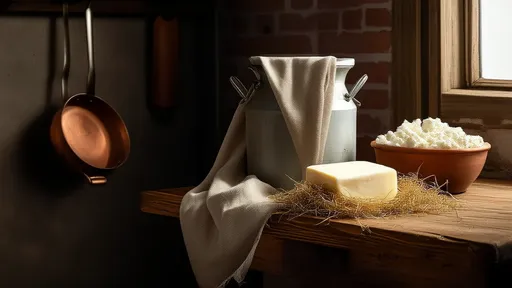
By /Jul 31, 2025
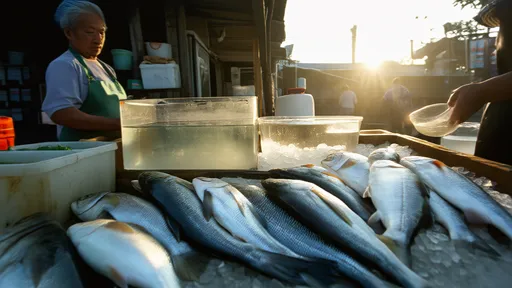
By /Jul 31, 2025
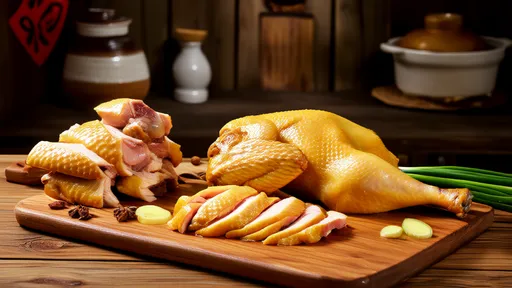
By /Jul 31, 2025